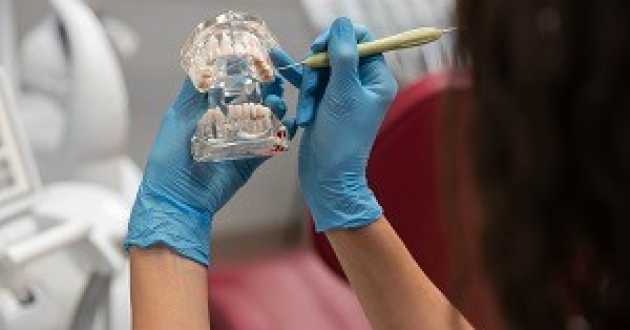Why You Face Tooth Discoloration Over And Over Again
- - Category: Dental Care
- - 21 Dec, 2018
- - Views: 657
- Save
In today’s society where appearance and looking young have appeared to be a priority for many people, having a discolored tooth is a common dental complaint.
Many of these people have gone through several treatments to get whiter teeth, but these are sometimes not enough, as they find themselves coming back to the dentist’s office to get whitening treatments again. But what exactly causes tooth discoloration, and why do people continually face this problem over and over again? It all boils down on its numerous causes, listed below.
- Certain food and drinks like coffee, colas, wines, teas, cherries, and blueberries can stain the teeth.
- Chewing or smoking tobacco can lead to discolored teeth.
- Inadequate or improper brushing and flossing to remove plaque and other stain-causing substances can also cause tooth stains.
- Diseases that affect the dentin and enamel of the tooth can lead to tooth discoloration. There are certain infections among pregnant mothers that can affect enamel development on their unborn child, leading to tooth discoloration.
- Antidepressants, antihypertensive and antihistamine drugs can change the color of the teeth. The use of tetracycline antibiotics among pregnant mothers during the second half of their pregnancy can also lead to discoloration of the tooth enamel of their baby. Children taking doxycycline and tetracycline during permanent tooth development can also experience some discoloration of their permanent teeth.
- Dental work that require certain materials like silver amalgam restorations can give the teeth a greyish-black cast.
- The outer layer of the enamel wears away as we age, revealing the natural yellow color of the dentin. Also, aging also allows the teeth to accumulate more stains, causing them to discolor and darken.
- Genetics play a big role as some people have natural brighter and thicker enamel compared to others.
- Excessive fluoride in the environment like excessive fluoride rinses, toothpastes and oral supplements, as well as high fluoride levels in drinking water, can lead to discoloration.
- Certain medical treatments can affect the color of the dentin and enamel layers, like chemotherapy and neck and head radiation.
- Any traumatic that damages the nerves or cracks or chips the teeth can lead to discolored teeth among children and adults.
Depending on the cause, there are various treatments options for discolored teeth, including good hygiene, whitening procedures, and bonding, crowns or veneers. Visit a dentist so they can do a comprehensive evaluation and develop a custom treatment plan to remedy the discoloration. Other oral problems like gum disease and tooth decay will have to be treated first before any aesthetic procedures are done.


